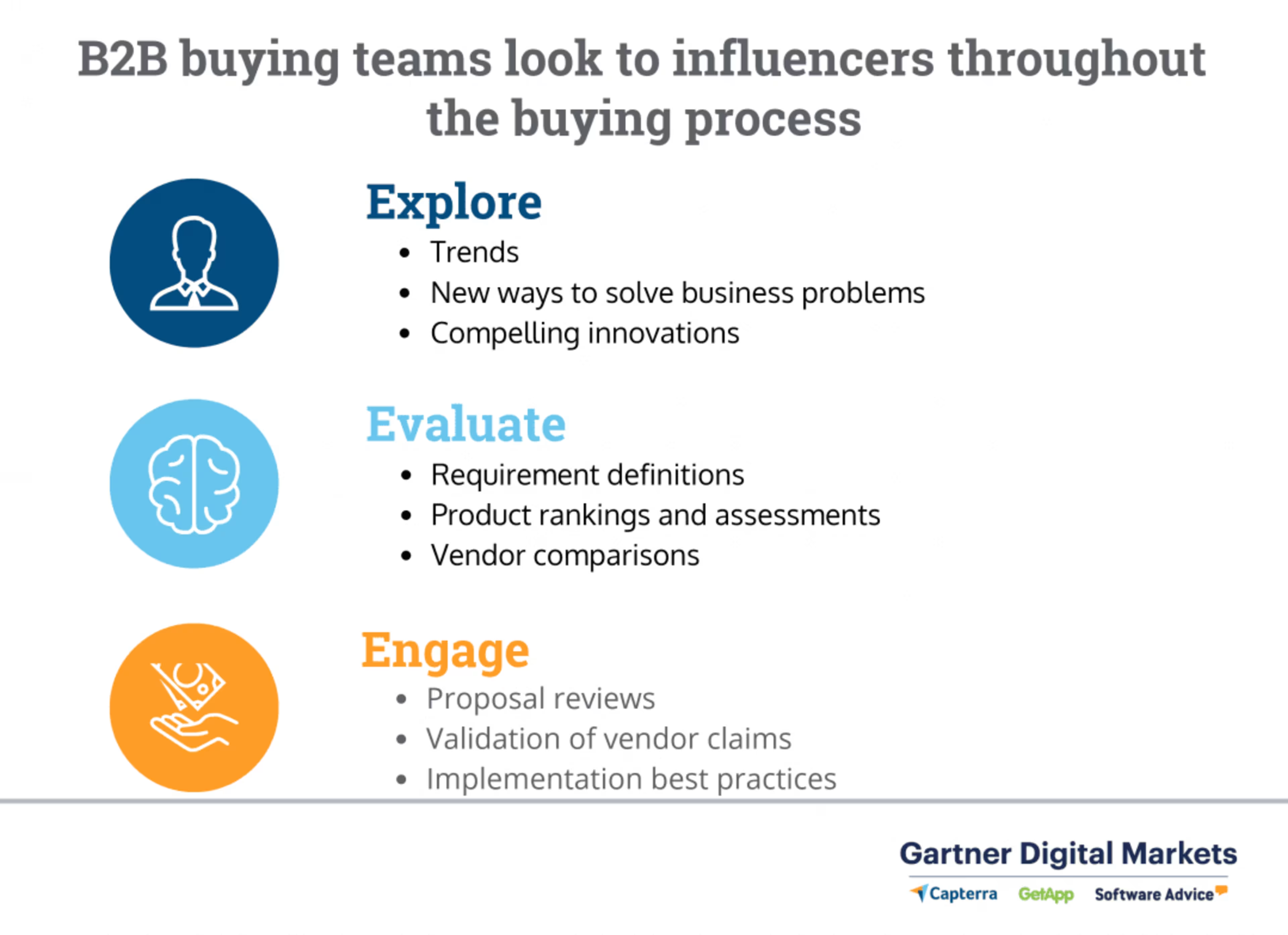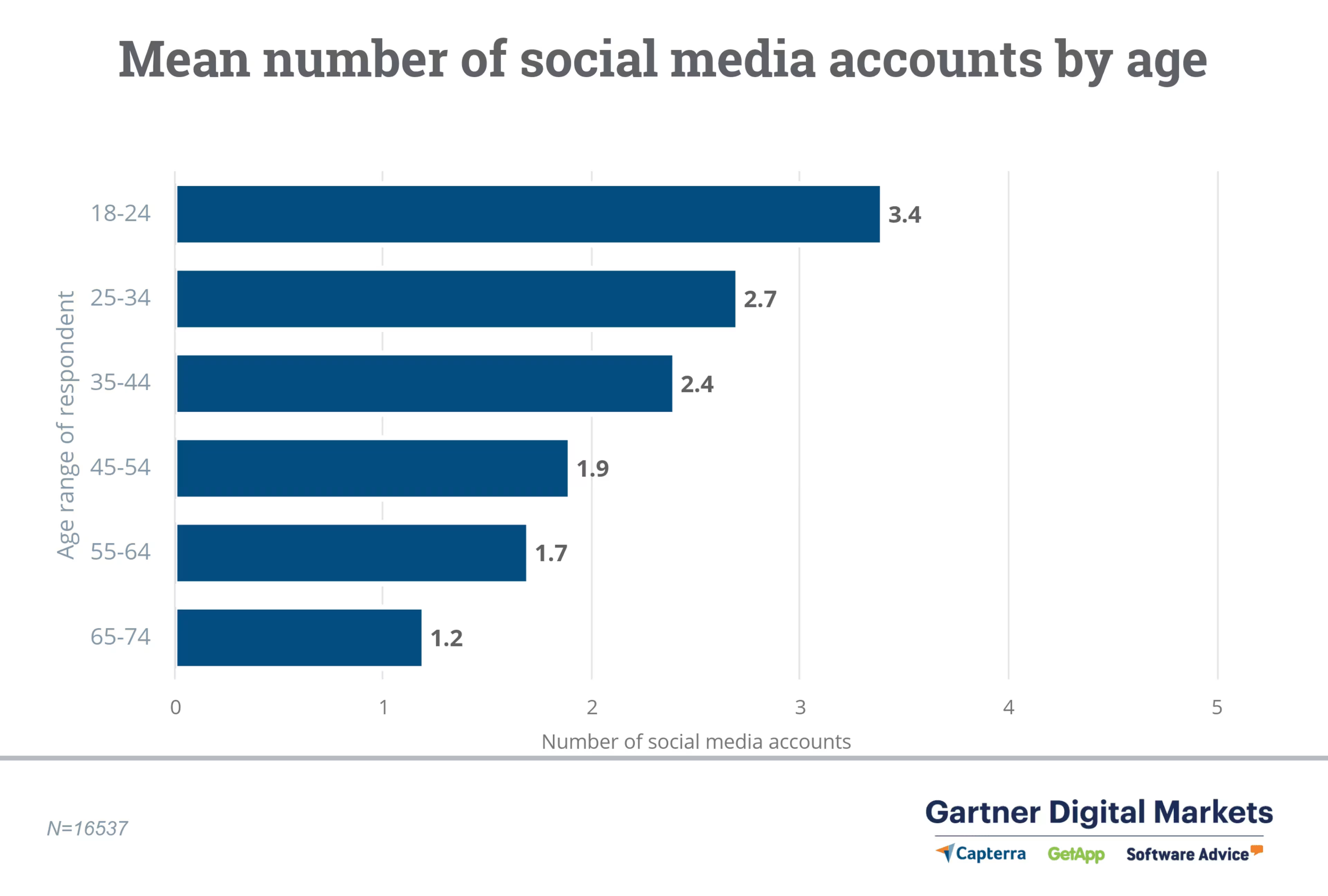Is your social media presence lacking in radiance? Learn how to hitch your marketing strategy to the nearest star.

Mindy Kaling doesn't care about QuickBooks.
This is not an attack on Ms. Kaling or on QuickBooks, simply a statement of fact. Yet, she appeared last year at a QuickBooks conference as one of the selected speakers. Tina Fey appeared at a recent content marketing conference, which makes only marginally more sense.
So why would these companies pay exorbitant speaker fees to have these celebrities speak at their events? The answer lies in influencer marketing.
For every dollar spent, marketers get about $6.85 back in terms of marketing value when they use an influencer to spread their company's message.
But are these companies and conferences approaching influencer marketing strategies in the right way?
For companies that are just starting out, it can be challenging to build a sense of reputability. Partnering with influencers is a phenomenal way to link yourself with a voice of authority, but selecting and then forming a partnership with high-profile people can be challenging.
It's much more important to find an influencer who might carry slightly less clout but who is much more relevant to your specific product than to find a powerful influencer who only broadly speaks to your product. The latter feels less personal and will generate low-quality leads.
Read on to learn more about the thought behind influencer marketing, how to pick the right influencers, and how to set up your program to have the biggest impact on your company.
Under the influence: What exactly is an influencer?
An influencer is someone with a large social media following. In the court of public opinion, they're one of the judges.
Influencers are typically used to great effect by B2C marketers, who predominantly use Instagram to reach their leads.
However, you're not interested in reaching consumers. You're interested in reaching other companies. Your influencers will wind up looking drastically different from the ones your B2C colleagues use.
But why should you try to recruit influencers in the first place? Shouldn't you build your brand awareness some other way?
It's not riding coattails, it's strategy
Like most things that rely on external factors, there's an inherent hesitance to the idea of growing your own company's clout out of someone else's.
But this is a strategic and often incredibly lucrative opportunity for your company to expand its brand awareness and even increase conversions by as much as three to ten times, according to Influencer Marketing Hub.
So though there are many different approaches to increasing your brand awareness and catching leads higher up in the funnel, influencers are a cost-effective approach.
Because businesses will listen to influencers at every stage of the sales funnel, getting their support can help you a great deal.

In fact, 30% of respondents to a 2018 Gartner survey said that external consultants (including influencers) are sources of valuable information regarding software purchases; 29% cited social media as additional sources.
Picking your pony: How to find the right fit
When you're trying to pick an influencer to approach, there are innumerable factors to keep in mind.
One is to find the best social media channels for your customer base.
Keep in mind that selecting only one isn't a good idea. In fact, the majority of people surveyed by Gartner in 2017 responded that they use more than one type of social media.
The average number of social media accounts across all age groups is 2.3.

What this means is that it's prudent to find influencers across multiple channels. For B2B, the best options are Facebook (89% engagement), Linkedin (81%), and Twitter (75%) according to Blue Corona.
So what now?
Look at the following pieces of information (in increasing importance) for each influencer you're considering:
Number of followers
Engagement with followers
Demographics of their followers
Their natural interests
You want an influencer with a large audience that they talk to constantly. That much is given. However, it's more important to find an influencer with an audience that matches your target demographic.
You also have to make sure that they actually care about what you're selling and the world in which you work. Influencers are only as effective as their passions.
If they're a respected member of the construction management community, they'll be able to speak to your construction project management software with much more gusto than Mindy Kaling in a hard hat. Not only that, but their audience will be much more interested in what you have to say.
Picture it like fishing with a net as opposed to a rod and reel. If you use a net, you'll catch a lot of fish, but also crabs, a turtle or two, and probably some plastic. If you use a rod and reel, though, you'll be catching exactly the type of fish you want—high-quality leads.
Your influencer can be a company or organization, rather than a person
YouTube's Twitter account currently has 71 million followers. Twitter and CNN both have over 50 million.
Companies are gaining increasing traction on a global scale with their social media influence.
That large-scale recognition can lead to a wealth of attention, especially if they operate in the same world you do.
How do you use the ubiquity of a larger company to sell your own product? Try guest posting or reaching out to influencers that work in related but separate fields from you (think a shampoo company partnering with a towel conglomerate due to an overlap in customers).
All about the Benjamins: Influencing an influencer to influence
There are a number of different ways to bring an influencer into the fold and get them to start advertising on your behalf.
While the majority of them involve financial compensation, there are a few alternatives, and even the money-based models have some variety in them.
Let's take a look at each of the options:
3 financial compensation methods
Cost per click: Similar to pay-per-click (PPC) advertising, this is paying the influencer for every click through to your site that you get from each of their posts. This is the most familiar model and one that's easily trackable.
Cost per acquisition: Only slightly different than the above model, cost per acquisition is paying the influencer for each new customer acquired through their marketing efforts. This would be a higher but less frequent cost for your company. This gives influencers more motivation to sell your product, but it is harder for you to track in terms of success.
Cost per post: This method is paying the influencer for each social media post. There're very few metrics for success here, as you aren't able to track new leads or conversions that come strictly from the influencer's post. There's also limited motivation for the influencer to put much effort into their post.
An alternative compensation method
Offering the influencer a free use of your product can be tremendously helpful.
While it will not inspire them to create a large number of posts, it could help them better understand your product, what it can do for their followers, and help them promote your product with more passion.
In a perfect world, they might even convert to being a customer as well as an influencer.
In the case of organizational influencers, this could be hugely beneficial, given the size of those converts and the investments they'd make in your product. That being said, it will be difficult to track changes in leads and conversions generated by this method.
It's important that you're able to keep track of the success of any influencer marketing you engage in. Social media marketing software can help track engagement and impact.
Not only will it help you understand which influencers are worth their weight, but also which channels are the most effective. This can help you plan future PPC campaigns, while also helping you most effectively increase your brand awareness.
Use your influencer as a guiding light
Being a small company in a crowded field can be daunting, but by using someone else's soapbox to better project to the right audience, you can make more inroads and generate more revenue and clout for yourself.
You can even use the opportunity to study their strategy and techniques; how did they get to where they are and how did they garner that level of influence?
In the words of Quickbook's brightest star, "People take things at face value on social media. Earnestness is the assumption."
Be earnest about what matters to your company and find someone who shares those values.